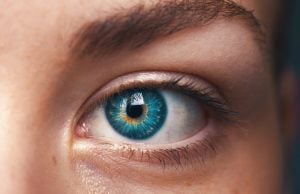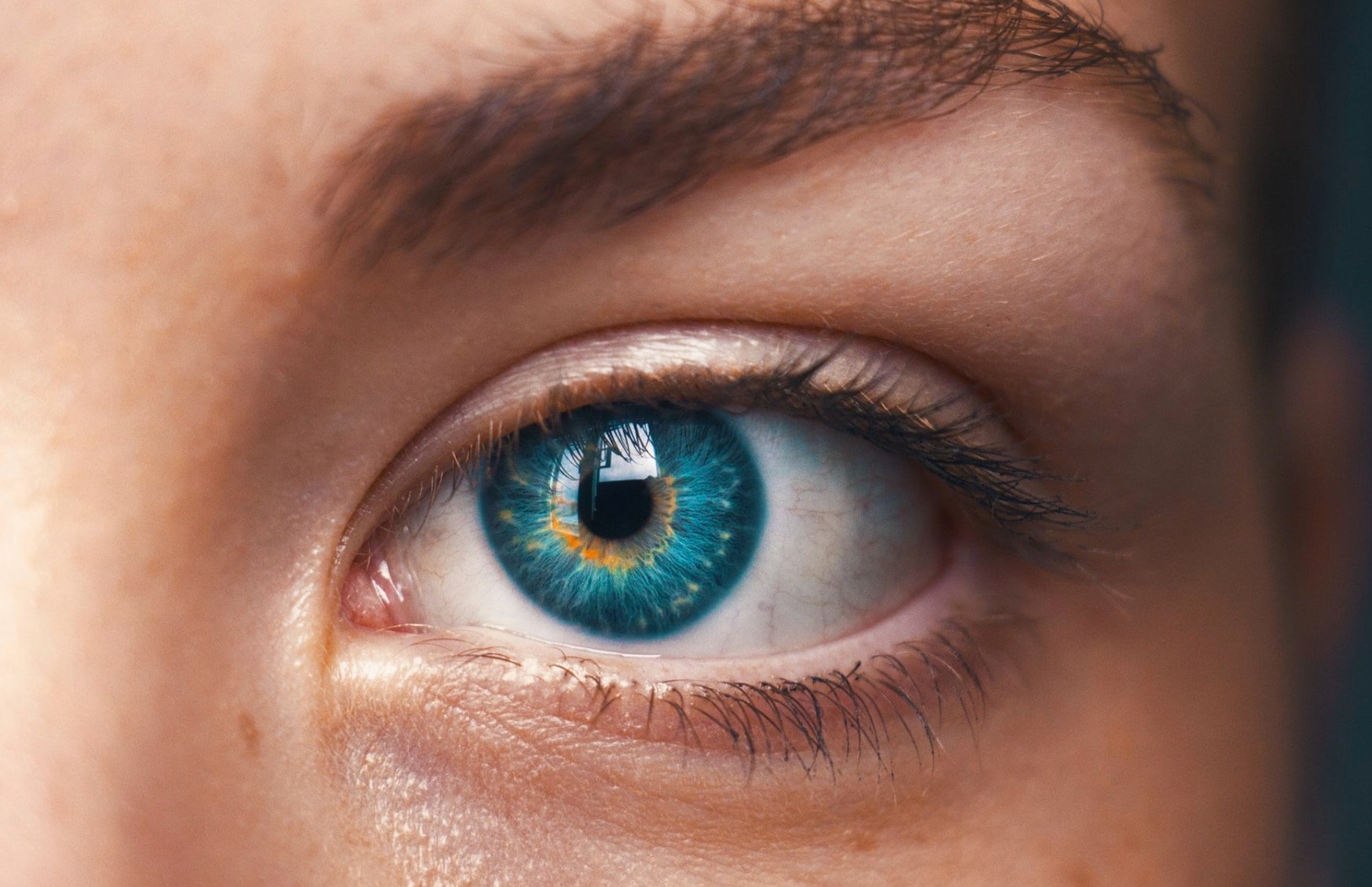 From Jason Yeatman’s laboratory at the University of Washington comes a deeper understanding of the visual challenges associated with dyslexia. Full report HERE.
From Jason Yeatman’s laboratory at the University of Washington comes a deeper understanding of the visual challenges associated with dyslexia. Full report HERE.
“It is well established that visual sensitivity to motion is correlated with reading skills. Yet, the causal relationship between motion sensitivity and reading skills has been debated for more than thirty years…Here we used an intensive reading intervention program to test the causal relationship between learning to read and motion processing in children. Our data show that, while the reading intervention enhanced reading abilities, learning to read did not affect motion sensitivity. Motion sensitivity remained stable over the course of the intervention. Furthermore, the motion sensitivity deficit did not negatively impact the learning process. Children with poor motion sensitivity showed the same improvement in reading skills as children with typical motion sensitivity.”
The intervention used in this study to improve reading was 8 weeks of Seeing Stars (Lindamood Bell).
This recent research provides welcome information about the visual aspects of dyslexia – which have generated considerable debate over the years.
Our Take Home Point: There are differences in the motion perception of dyslexic people that are not due to reading.
Visual aspects of dyslexia haven’t been as extensively studied, but they are nevertheless important for understanding day-to-day challenges and the need for accommodations and optimizing visual environments in classroom work and on the job. Visual motion difficulties could affect rates of visual scanning and contribute to visual misses or substitutions in paper and pencil work.
















Has research been performed in whether the real visual issue relates to focal length. I suspect part of the inherent difference of people with “dyslexia” has to do with focal length, and the difference is an evolutionary difference associated with the adaption needed to shift from a Hunter whose focal length would need to be far versus a person working with their hands with tools where the focal length would need to be at arms length.